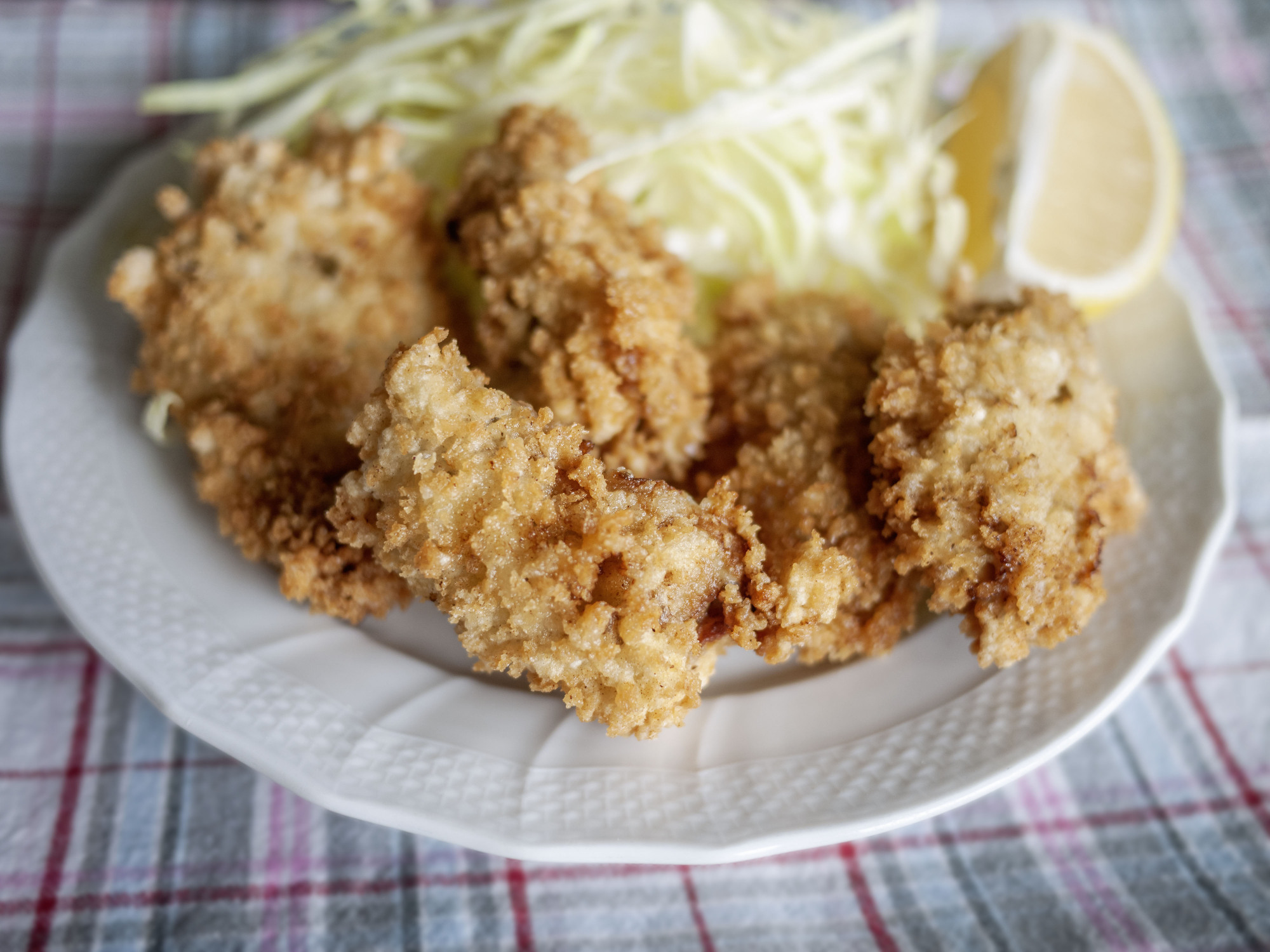Japanese cuisine is well-known for its enthusiastic embrace of raw or barely cooked foods. Seafood in particular is frequently consumed when it's raw; sometimes it's so fresh, it's still moving on the plate.
Throughout much of Japan's culinary history, a notable exception to this trend has been oysters. This is rather curious given the fact that the oyster is one of the few animal-based foods that has long been enjoyed raw in societies where the norm has been to cook meat and seafood thoroughly, such as Europe and the post-colonial Americas. (Note: The oysters discussed here are the edible bivalves called kaki in Japanese, in particular magaki, the "true oyster" [Crassostrea gigas], and iwagaki, the "rock oyster" [Crassostrea nippona]).
Oysters were eaten raw to a limited extent in the areas where they were caught, such as Edo (present-day Tokyo), right after they were gathered. Until the Meiji Era (1868-1912), though, raw oysters remained a risky no-no, especially among the upper classes, even though other raw seafood was considered safe. One possible explanation for this is that oyster preparation was heavily influenced early on by the cuisine of the Chinese court, where all seafood was cooked as a matter of course. In early recipes that we have knowledge of, oysters are stewed, simmered, grilled and otherwise cooked thoroughly. Marinating the oysters in vinegar (sugaki) was the closest oyster preparation got to raw.



